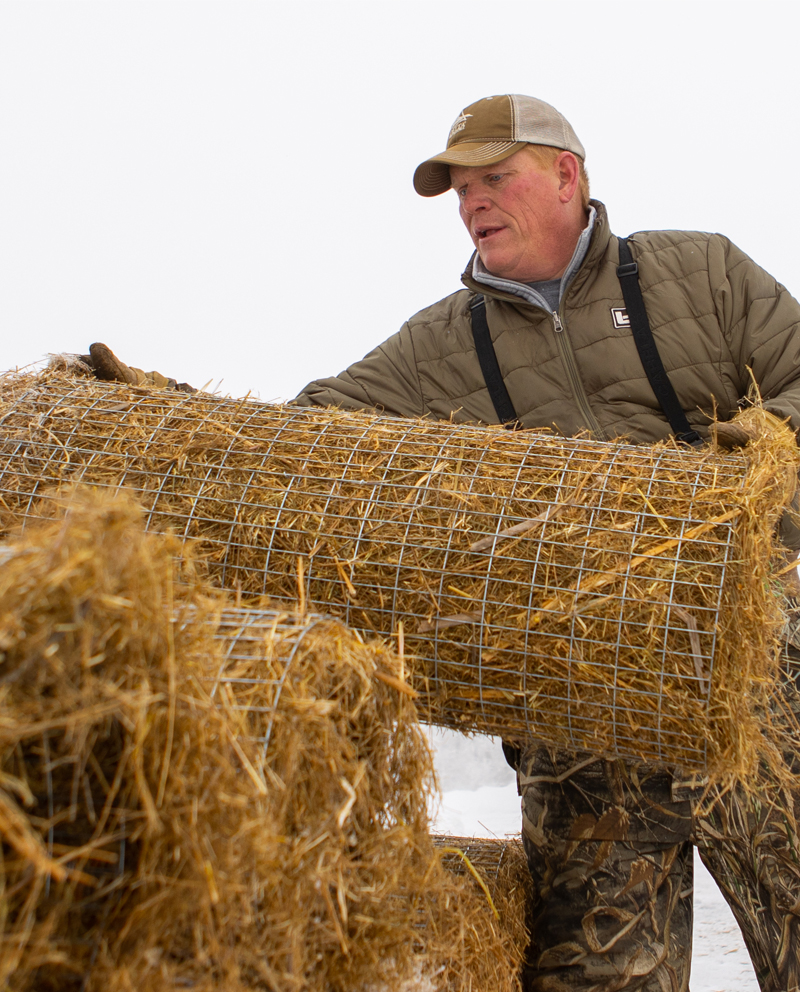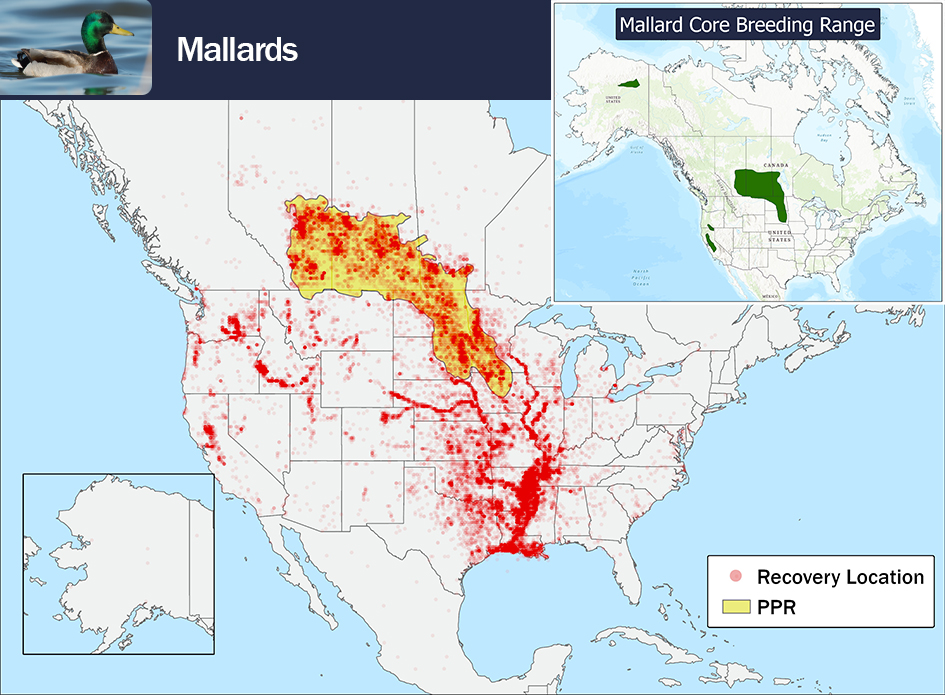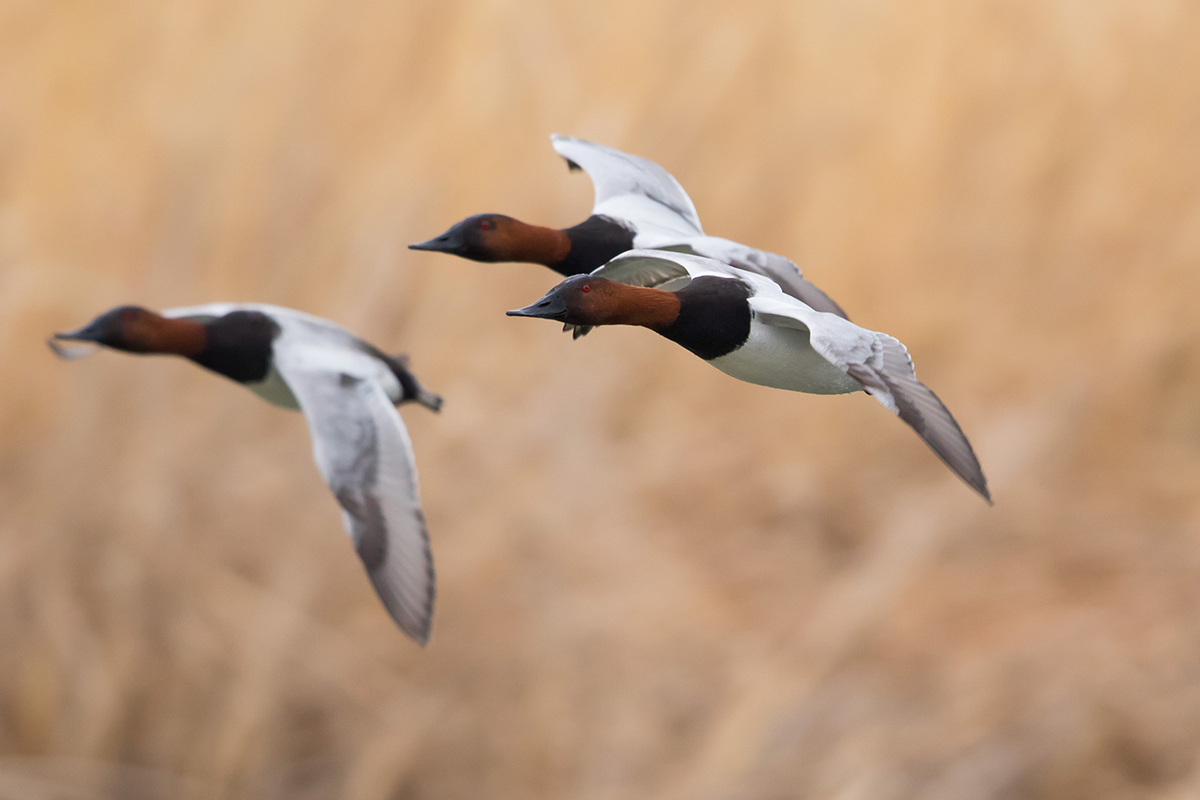What We Do
THE DELTA WATERFOWL MISSION
Delta uses science-based solutions to produce ducks, conserve prairie wetlands, and ensure the future of waterfowl hunting.

How Delta Works
Duck Production
Delta's tools of Hen House nesting structures and Predator Management programs increase nest and brood success—putting more ducks into each fall flight.
Habitat Conservation
Delta pioneers and promotes voluntary, incentive-based wetland conservation programs and encourages landowners to preserve breeding wetlands.
Research and Education
Delta Waterfowl was founded as a science organization. It remains focused on applied research and educating tomorrow’s conservation leaders.
Delta HunteR3
HunteR3 is Delta’s initiative to recruit, retain, and reactivate duck hunters across the continent and protect and promote hunting opportunities.
WHY DOES DELTA WATERFOWL PURSUE THIS MISSION?
Delta Waterfowl’s mission statement is clear: Delta uses science-based solutions to produce ducks, conserve prairie wetlands, and ensure the future of waterfowl hunting.
Supported by the four pillars of Duck Production, Habitat Conservation, Research and Education, and HunteR3, the statement of WHAT Delta does could not be clearer. The question that remains for many outside the organization (and likely inside) is “WHY?” Why does Delta pursue this focused mission?
At its very core, the answer is two words—duck hunting! Ducks and duck hunters are truly symbiotic—a yin and yang that fit together, completing a perfect circle.
Go back to James Ford Bell, his purchase of hunting property at the southern end of Lake Manitoba, and his foundation of the Delta Waterfowl Research Station. A wealthy businessman, Bell was also a devout duck hunter and conservationist who felt deep responsibility to “give back” to the pursuit that gave so much to his life. He wanted to find a way to put back at least as many ducks as he and his friends took each year—more if possible. Built on this history, Delta Waterfowl exists for ducks because of duck hunters.
Why do duck hunters care about giving back? It’s a human and humane innate sense of responsibility. It’s this thought and foresight that separate us from every other predator on the planet.
The trademarked slogan of Delta Waterfowl is "The Duck Hunters Organization." Delta exists and sets about its mission so ducks and duck hunters will survive and thrive. Look at the mission statements and strategic plans of other conservation organizations, and you’ll get the feeling they exist to ensure the organization itself survives and thrives. Birds and hunters are barely mentioned, if at all.
The interdependence of ducks and duck hunters is why Delta pursues its mission.
The name “Delta Waterfowl” is an ironic twist of fate. The origin of the name of the Delta Marsh—and subsequently the Delta Waterfowl Research Station which spawned the Delta Waterfowl Foundation—came about simply because the marsh was proximate to the fourth depot on the railroad line from Winnipeg—alpha, beta, gamma, Delta! Equally coincidentally, in mathematics the Delta symbol—the triangle—stands for change.
“Change” is a major reason WHY Delta does what it does. The organization seeks to deal with continual change in waterfowl’s prairie breeding habitats. And it seeks to create change in how the waterfowl that breed in it are managed. A big part of Delta’s “WHY” statement is to effect transformative, positive change for ducks and duck hunters.
Every duck that is hatched and joins the fall flight because of Delta’s duck production tools, research, or habitat conservation initiatives; every hour of hunting opportunity made possible by Delta’s HunteR3 and Defending the Hunt programs represents a bird or a hunt brimming with potential.
Not only do they have the potential to provide delicious, organic nutrition to the hunter fortunate to bag a bird on his or her hunt, but they may provide lasting, inspiring, life-changing memories for anyone who encounters that duck, whether it’s bagged or not. Hunters’ appreciation and conservation of waterfowl has driven the creation of literature, art, artisans, trades, dreams, and lifestyles. Propagated and introduced properly, ducks and duck hunters can continue to do so for generations to come.
That’s why producing ducks, conserving prairie wetlands, and securing the future of waterfowl hunting is so important.

What is important about the Prairie Pothole Region?
As much as 70% of North America's annual duck harvest are birds hatched in the prairie pothole region. Our work focuses on the breeding grounds of the PPR because nest success there is what drives duck production and puts more ducks over hunters' decoys in all four flyways.


Where does Delta Waterfowl work?
While Delta focuses its Duck Production efforts on the prairie pothole region where breeding duck densities are the highest, the results of all its core pillars deliver impact across all four flyways in Canada and the United States. Delta is a registered nonprofit organization in both countries working for ducks and duck hunters.
